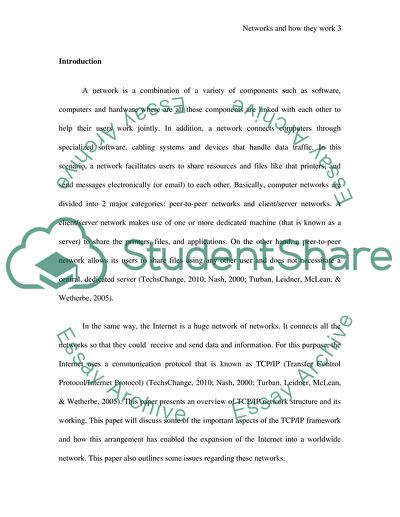Cite this document
(“Networks and how they work ----- See below Essay”, n.d.)
Retrieved from https://studentshare.org/information-technology/1594537-networks-and-how-they-work-see-below
Retrieved from https://studentshare.org/information-technology/1594537-networks-and-how-they-work-see-below
(Networks and How They Work ----- See below Essay)
https://studentshare.org/information-technology/1594537-networks-and-how-they-work-see-below.
https://studentshare.org/information-technology/1594537-networks-and-how-they-work-see-below.
“Networks and How They Work ----- See below Essay”, n.d. https://studentshare.org/information-technology/1594537-networks-and-how-they-work-see-below.


